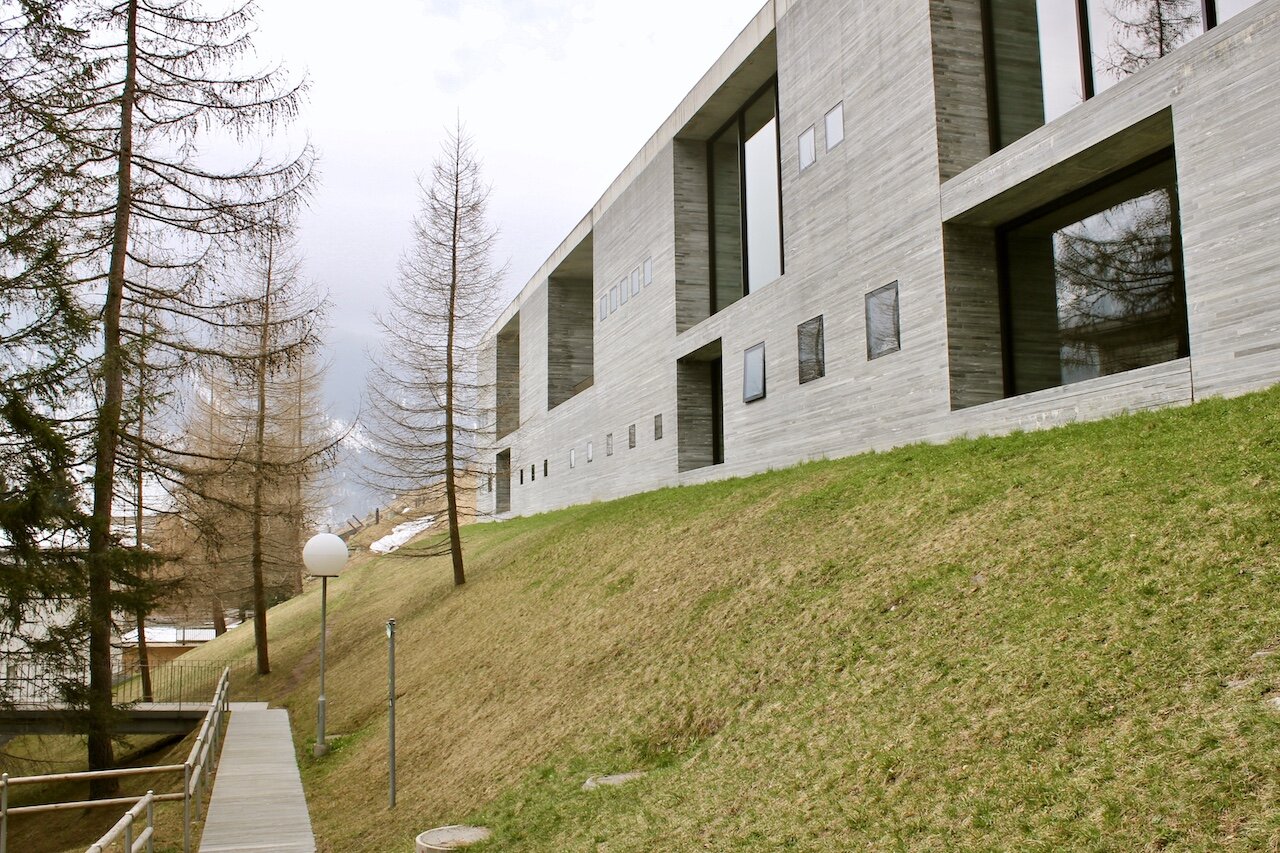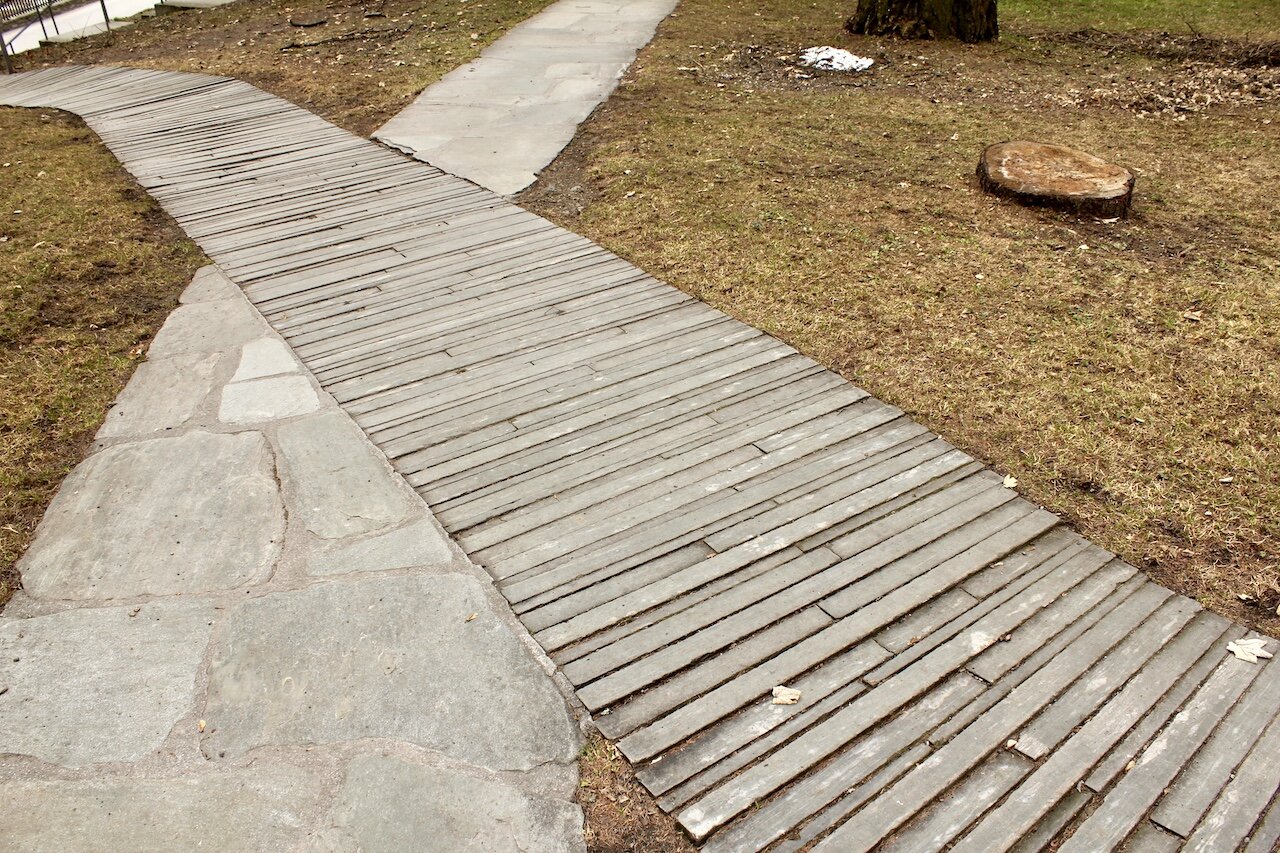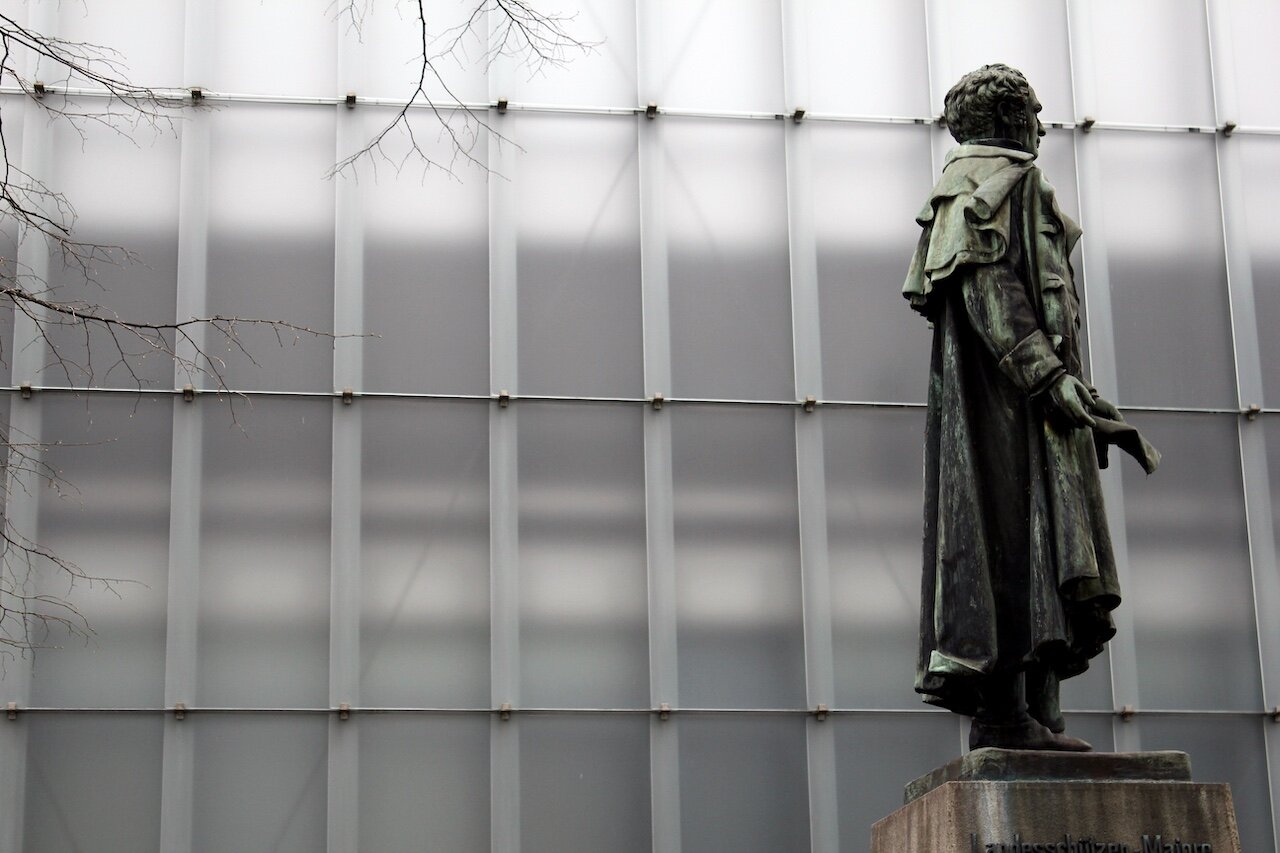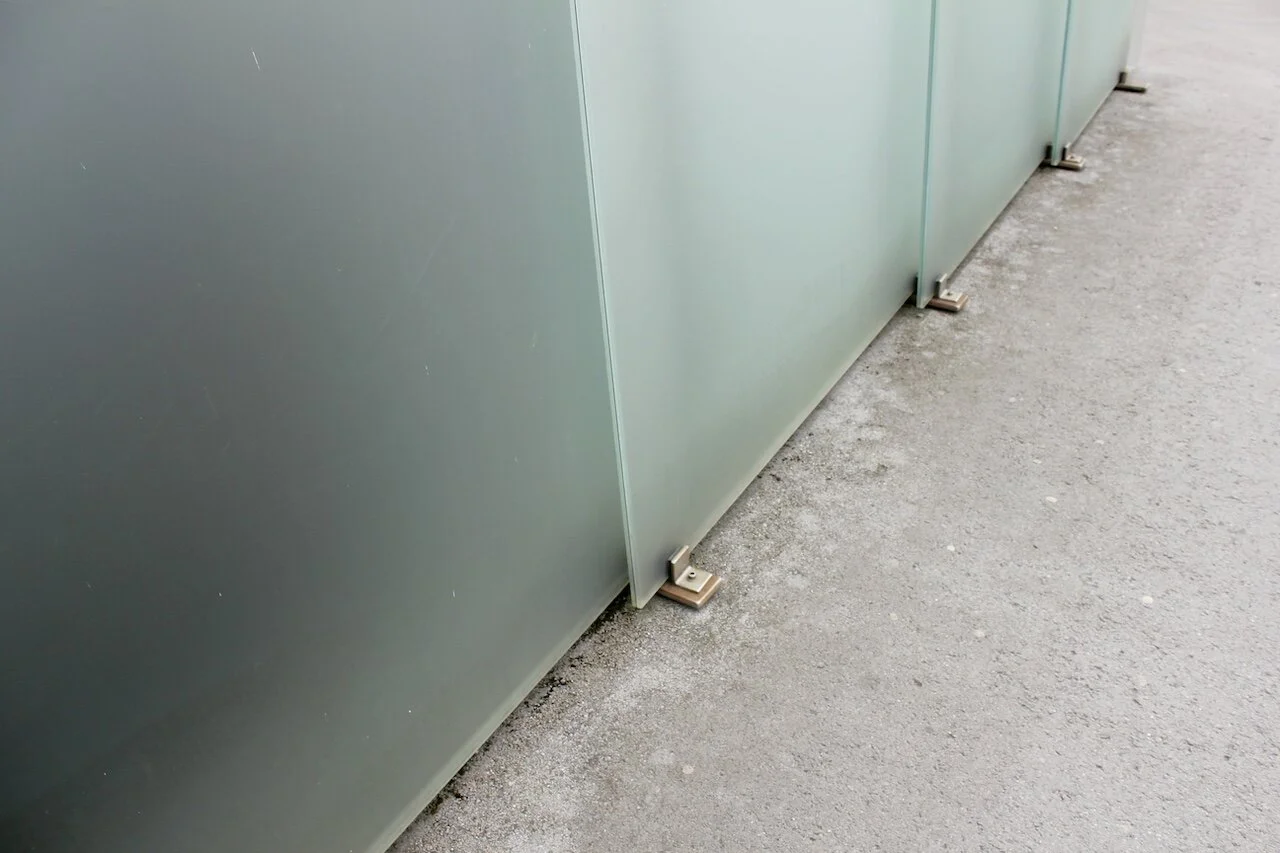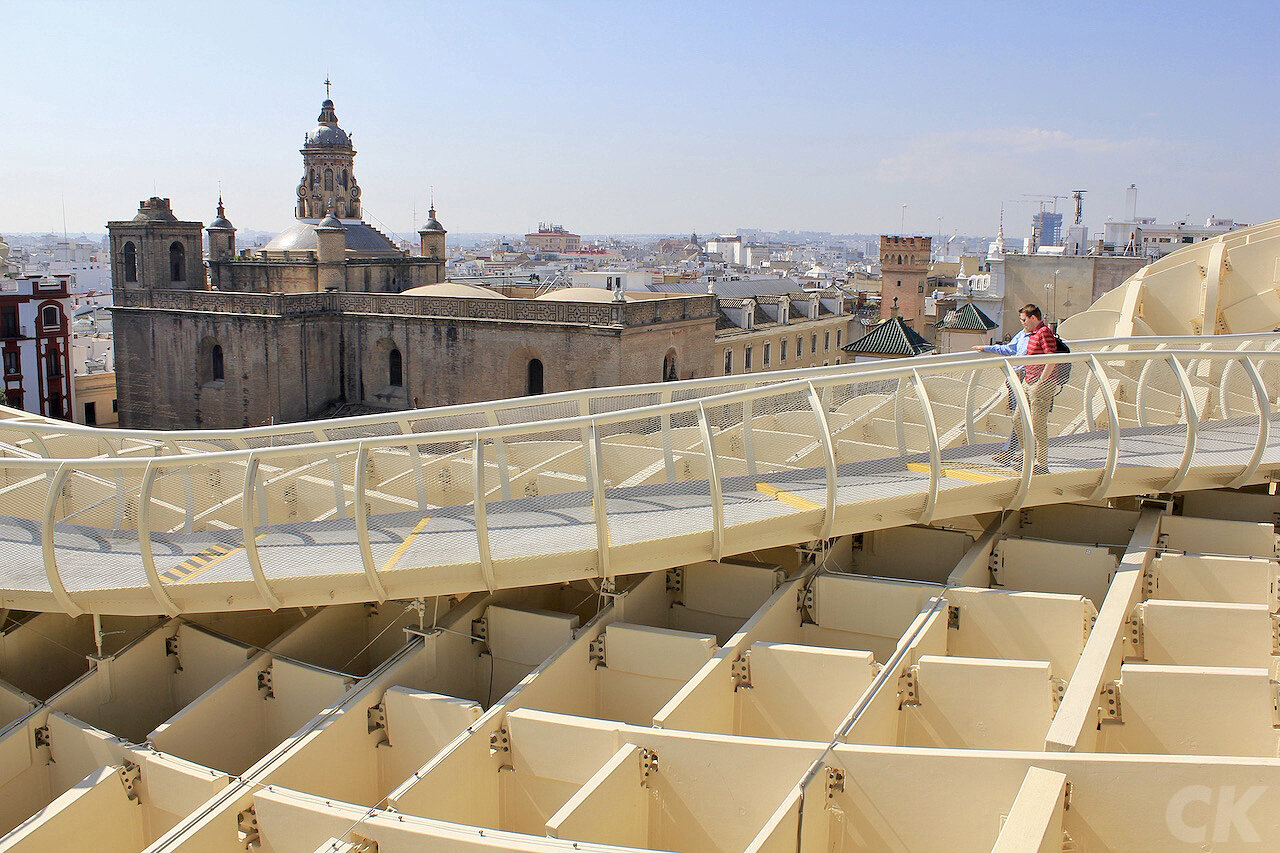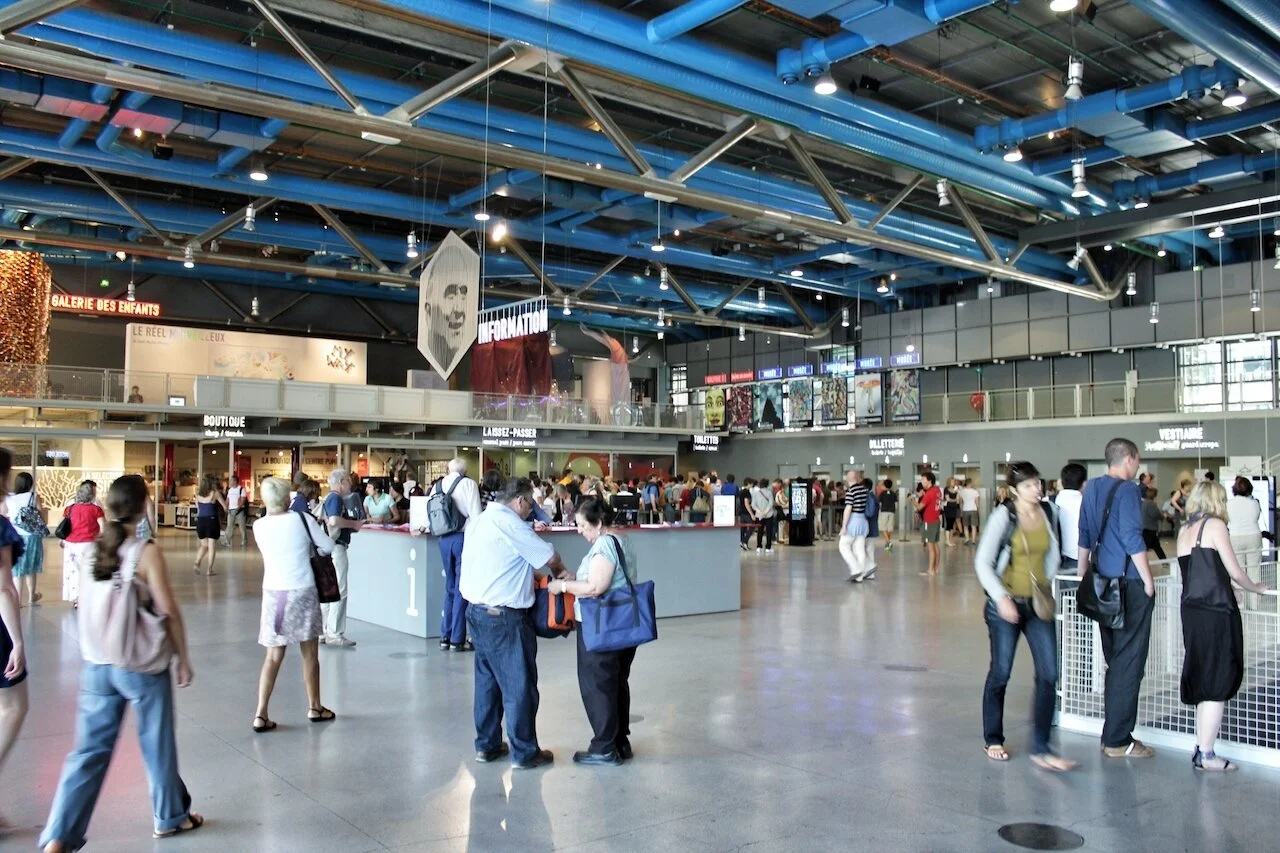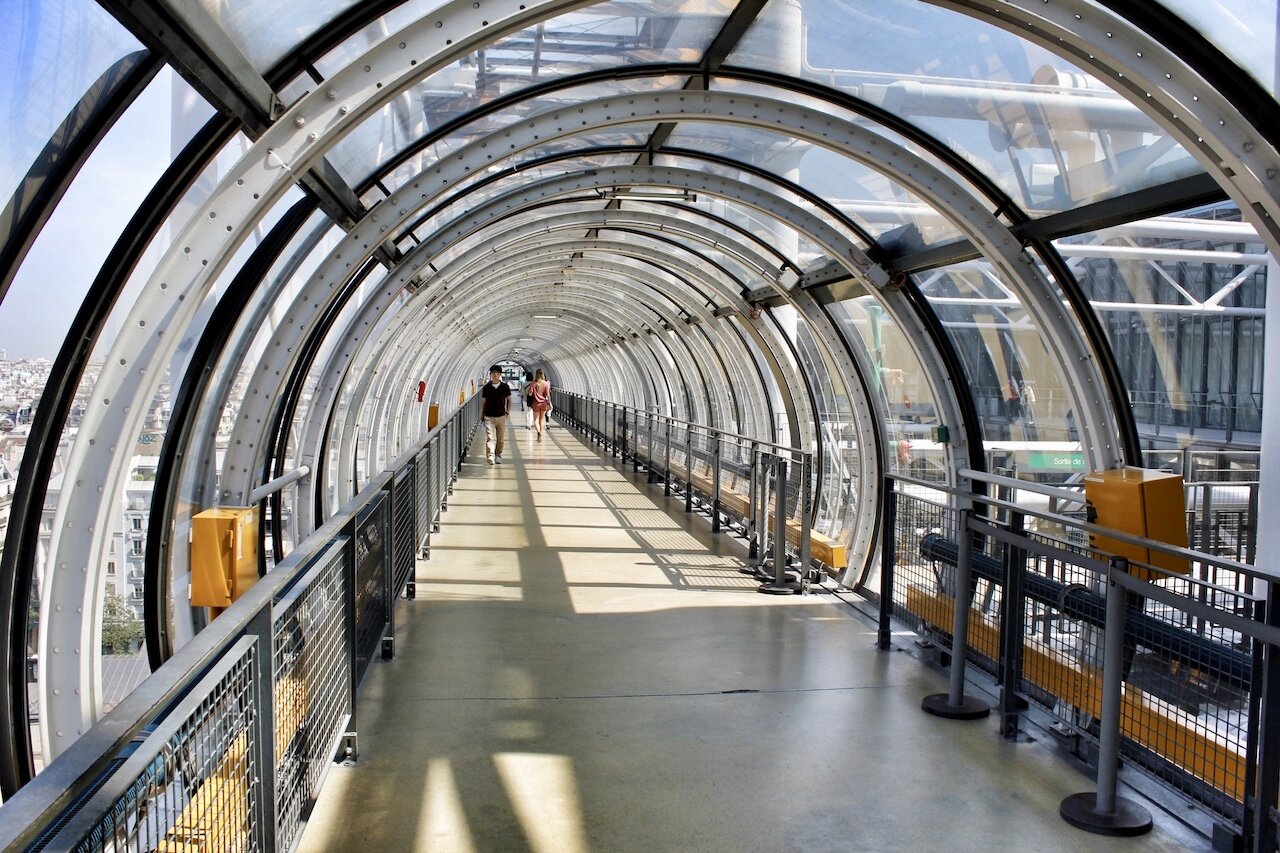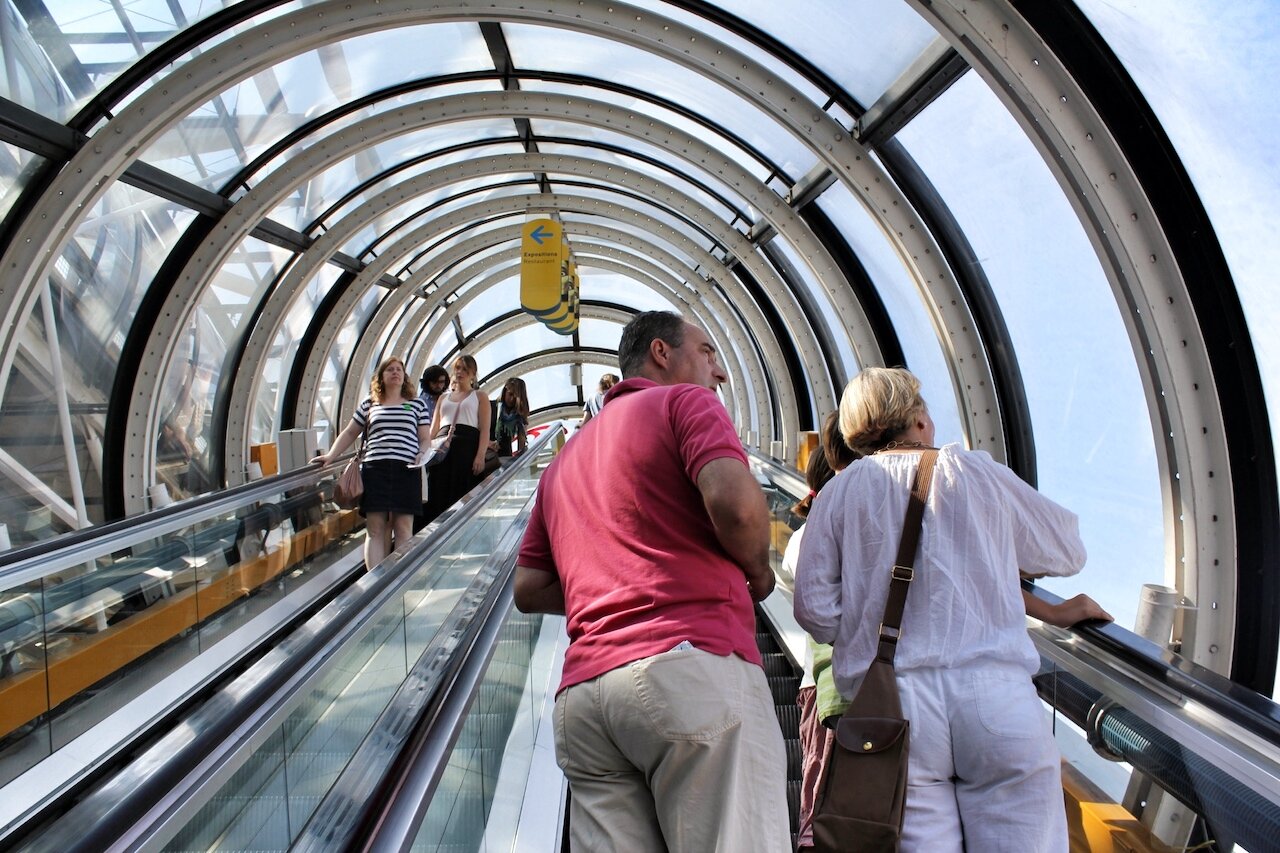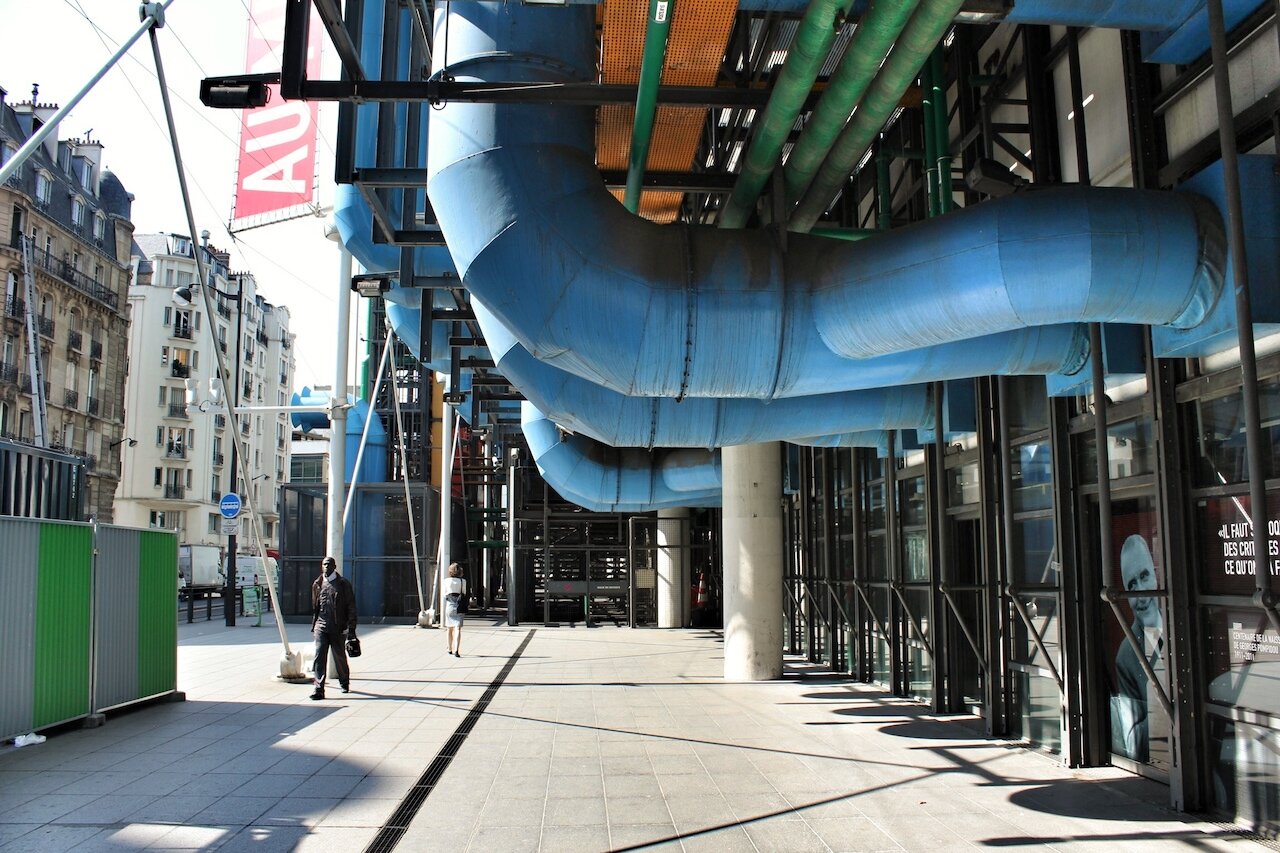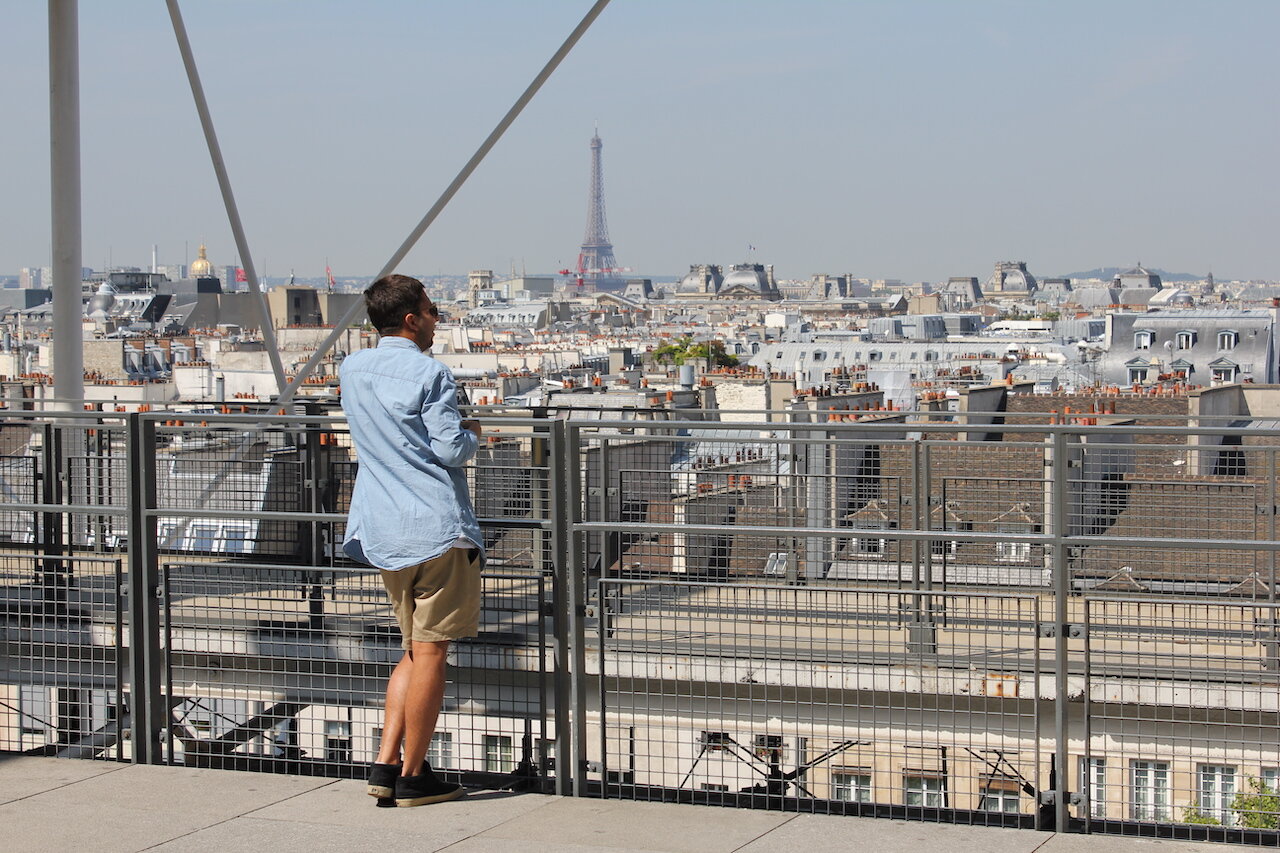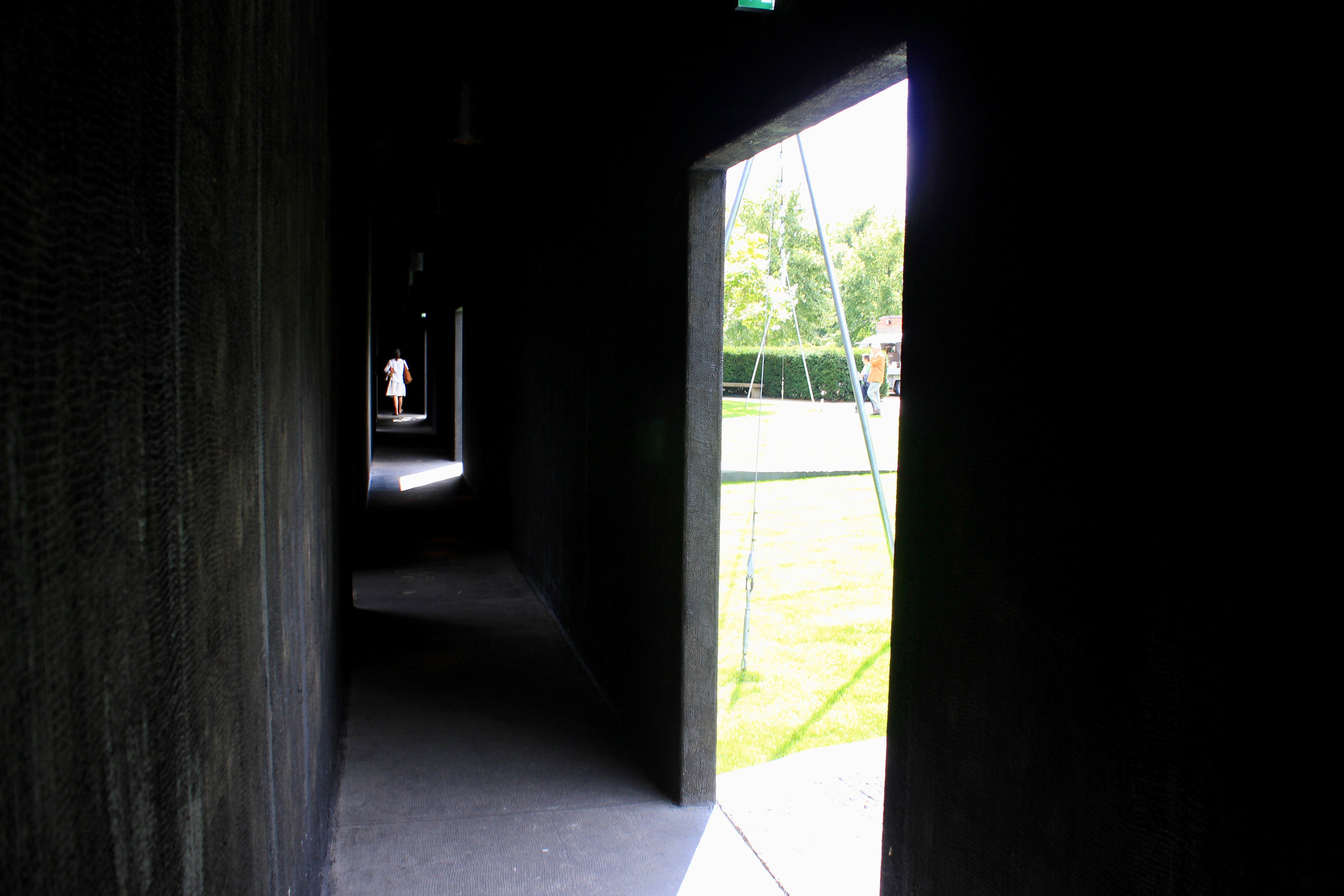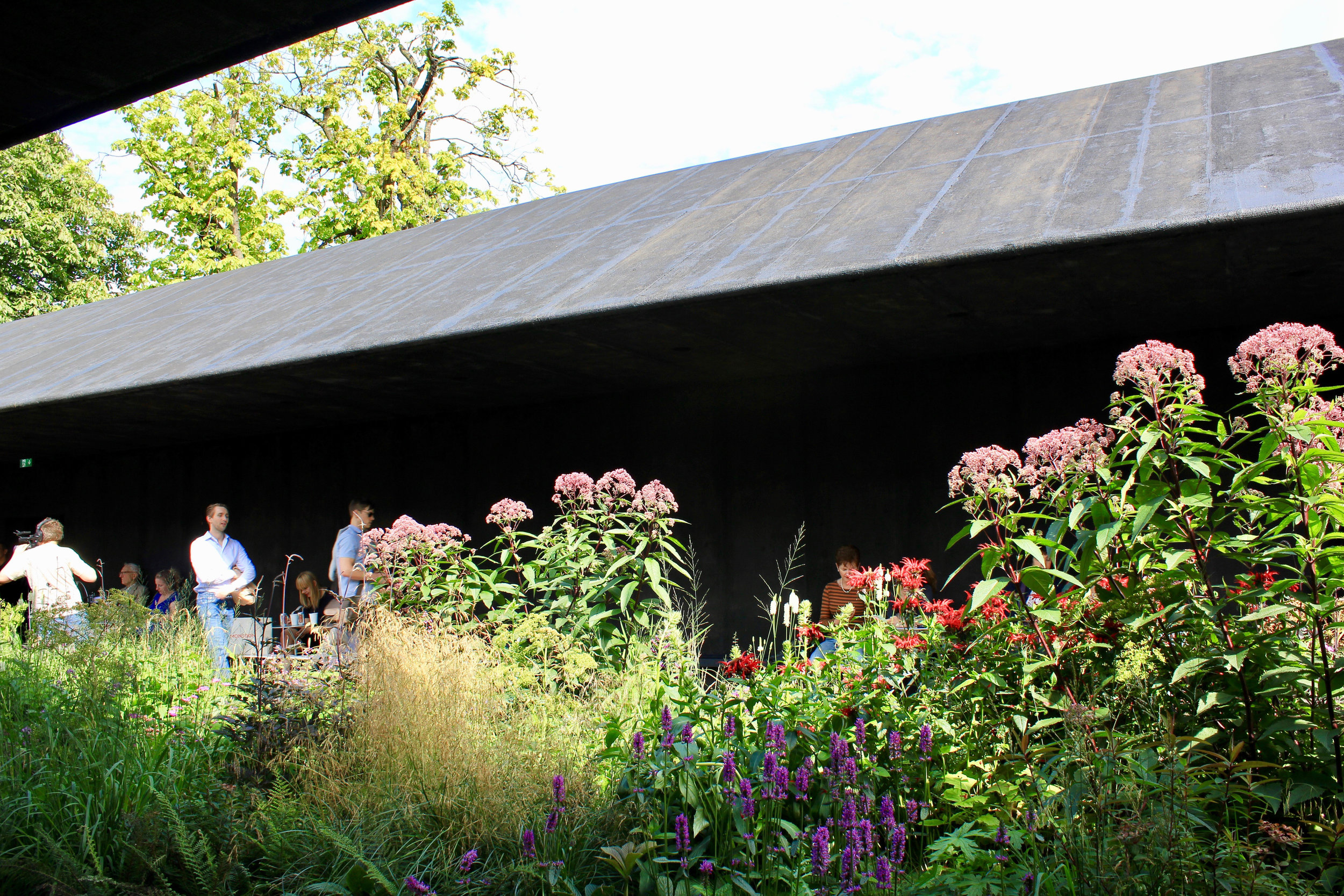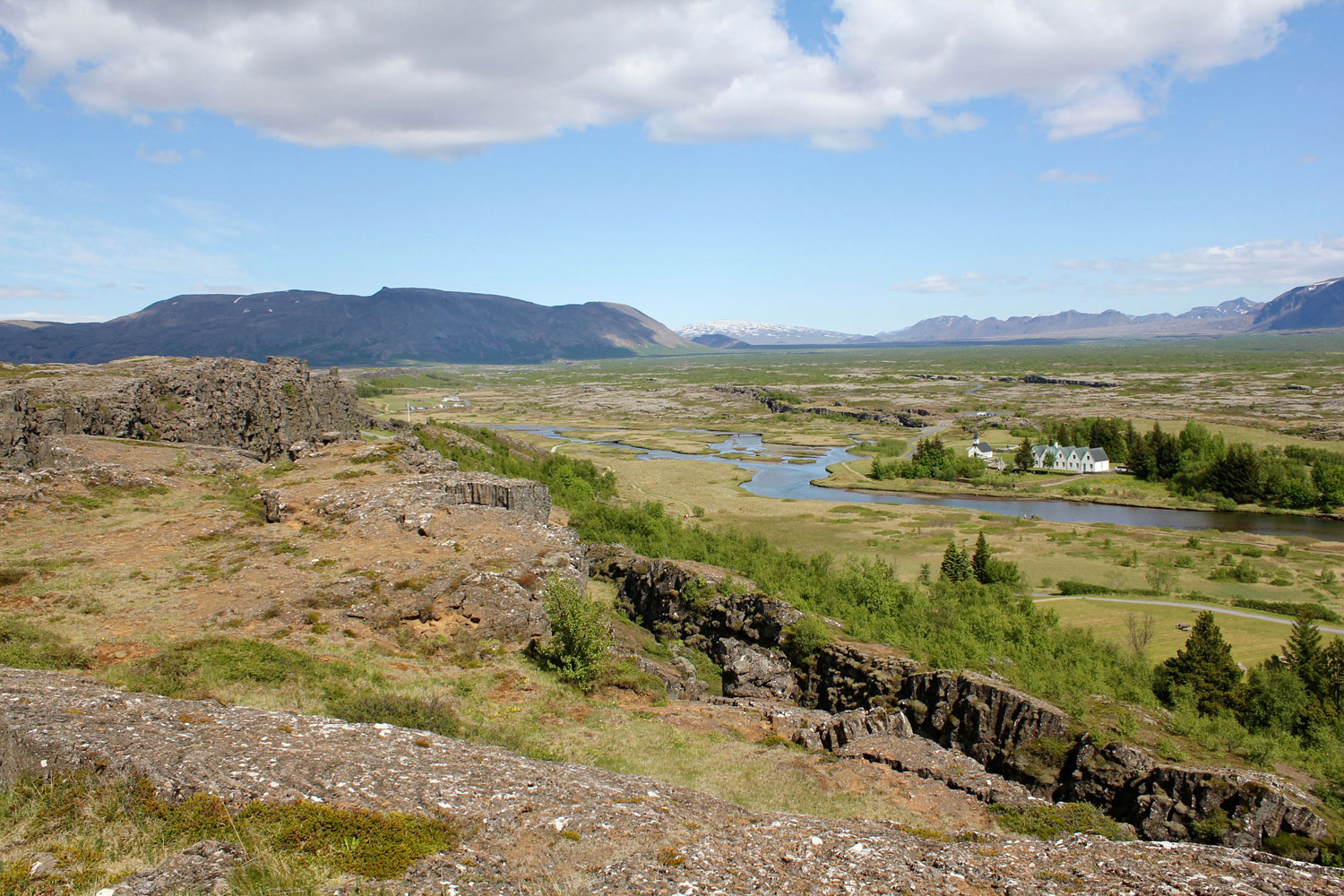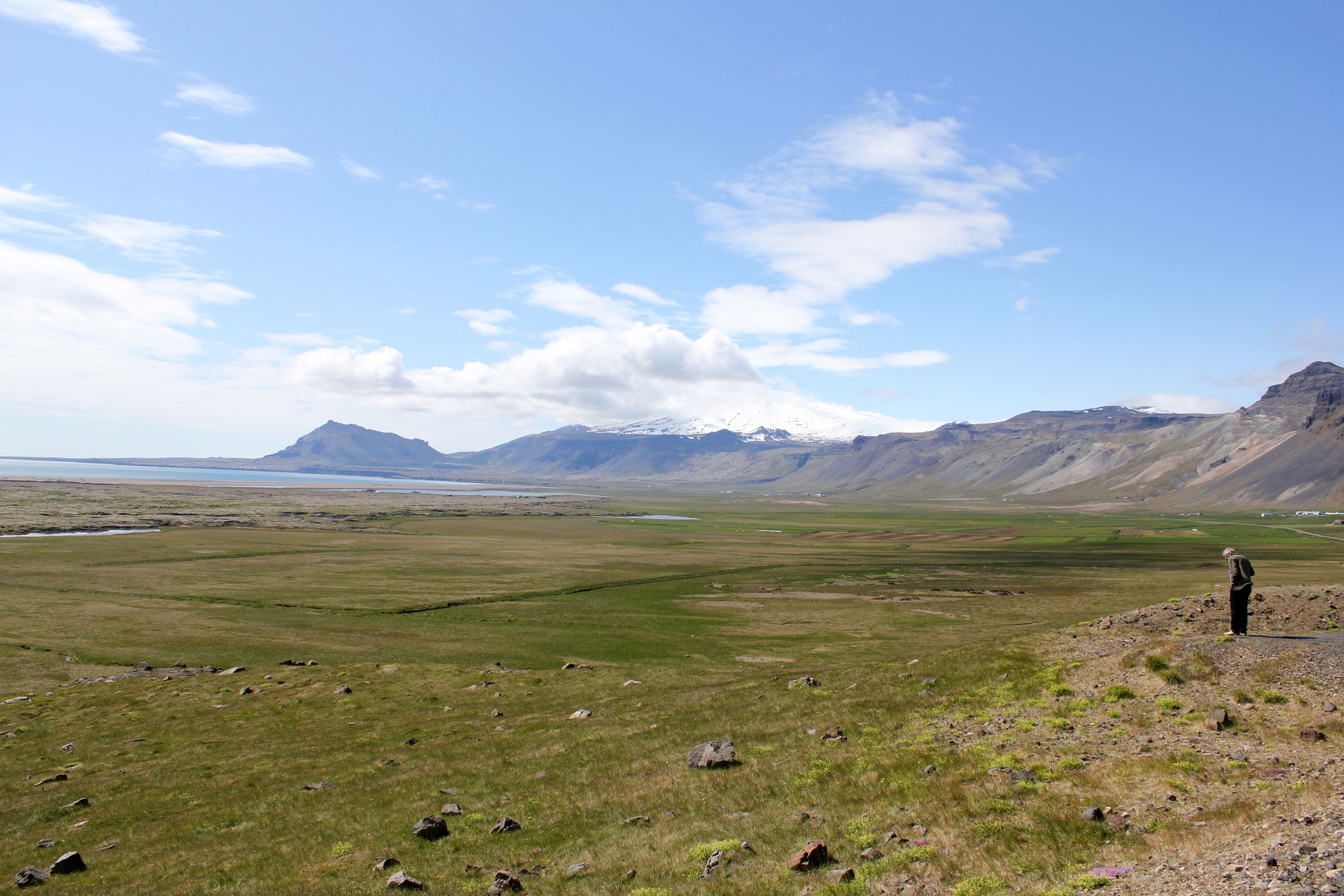When traveling, there is always a place or event that far exceeds expectations and makes a trip far more noteworthy. Overshadowed by so many other museums and attractions in the culturally-packed city, V&A is that place. The Victoria and Albert Museum (named after Prince Albert and Queen Victoria, abbreviated as the V&A), located in the London borough of Kensington, is said to be the world's largest museum of decorative arts and design, housing a permanent collection of over 4.5 million objects in 145 galleries. Founded in 1852, its collection spans 5,000 years of design, from the cultures of Europe, North America, Asia and North Africa. The holdings of ceramics, glass, textiles, costumes, silver, ironwork, jewellery, furniture, medieval objects, sculpture, prints and printmaking, drawings and photographs are among the largest and most comprehensive in the world.



